Genus Melissa Rank Species | ||
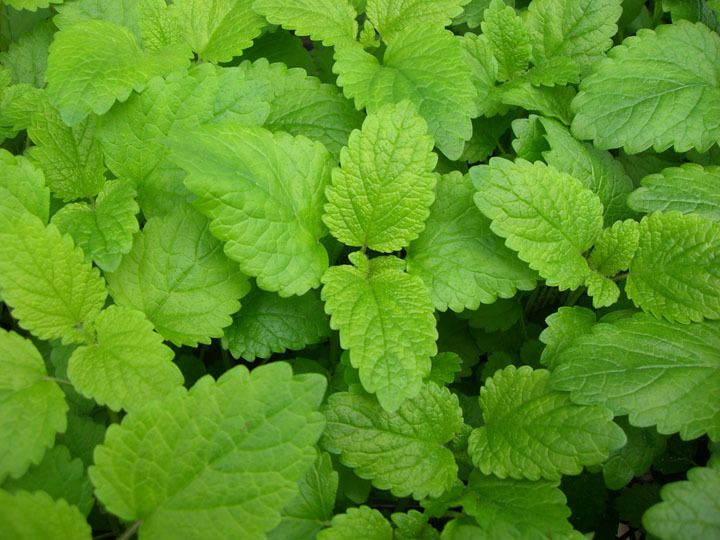 | ||
Similar Mint, Common sage, Perforate St John's‑wort, Peppermint, Rosemary | ||
Survival medicine lemon balm melissa officinalis
Lemon balm (Melissa officinalis), balm, common balm, or balm mint, is a perennial herbaceous plant in the mint family Lamiaceae and native to south-central Europe, the Mediterranean Basin, Iran, and Central Asia, but now naturalized in the Americas and elsewhere.
Contents
- Survival medicine lemon balm melissa officinalis
- Diy herbs lemon balm
- Uses
- Culinary
- Traditional medicine
- Cultivation
- Cultivars
- Medical research
- Chemistry
- References
It grows to a maximum height of 70–150 cm (28–59 in). The leaves have a mild lemon scent similar to mint. During summer, small white flowers full of nectar appear. It is not to be confused with bee balm (genus Monarda), although the white flowers attract bees, hence the genus Melissa (Greek for "honey bee").

The leaves are used as an herb, in teas, and also as a flavouring. The plant is used to attract bees for honey production. It is grown as an ornamental plant and for its oil (to use in perfumery). The tea of lemon balm, the essential oil, and the extract are used in traditional and alternative medicine, including aromatherapy. The plant has been cultivated at least since the 16th century, but reliable medical research is still working to establish the safety and effects of lemon balm.
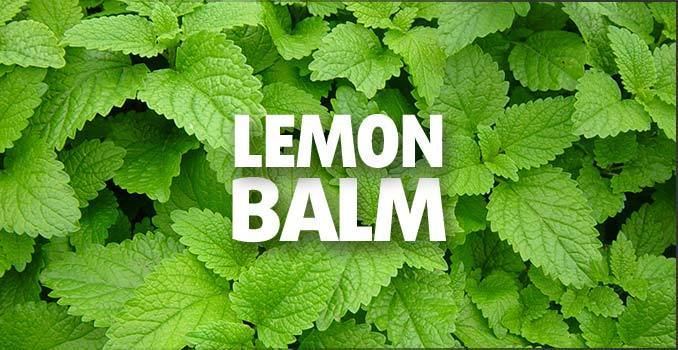
Diy herbs lemon balm
Uses
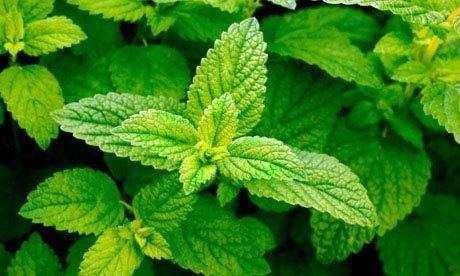
The plant is used to attract bees to make honey. It is also grown and sold as an ornamental plant. The essential oil is used as a perfume ingredient, but the plant has other culinary and medicinal uses. Lemon balm is used in some toothpastes.
Culinary
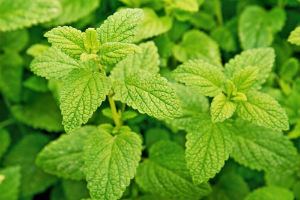
Lemon balm is used as a flavouring in ice cream and herbal teas, both hot and iced, often in combination with other herbs such as spearmint. It is a common addition to peppermint tea, mostly because of its complementing flavor.
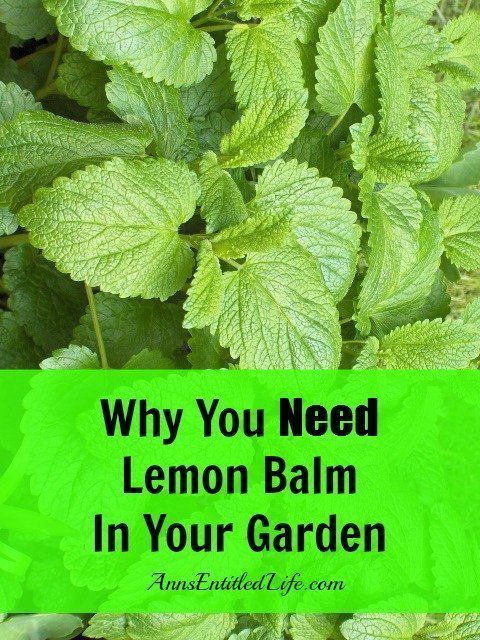
Lemon balm is also paired with fruit dishes or candies. Additionally, it can be used in fish dishes and is the main ingredient in lemon balm pesto. Its flavour comes from citronellal (24%), geranial (16%), linalyl acetate (12%) and caryophyllene (12%).
Traditional medicine
In traditional Austrian medicine, M. officinalis leaves have been prescribed for internal use—as a tea—or external application—as an essential oil—for the treatment of disorders of the gastrointestinal tract, nervous system, liver, and bile. Lemon balm is the main ingredient of Carmelite water, which is still for sale in German pharmacies.
In alternative medicine it is used as a sleep aid and digestive aid.
Lemon balm essential oil is popular in aromatherapy. The essential oil is commonly co-distilled with lemon oil, citronella oil or other oils.
Cultivation
M. officinalis is native to Europe, Central Asia and Iran, but is now naturalized around the world.
Lemon balm seeds require light and at least 20 °C (70 °F) to germinate. Lemon balm grows in clumps and spreads vegetatively, as well as by seed. In mild temperate zones, the stems of the plant die off at the start of the winter, but shoot up again in spring. Lemon balm grows vigorously; it should not be planted where it will spread into other plantings.
M. officinalis may be the "honey-leaf" (μελισσόφυλλον) mentioned by Theophrastus. It was in the herbal garden of John Gerard, 1596.
As of 1992 the major producing countries were Hungary, Egypt, Italy, for herb Ireland for essential oil.
Cultivars
The many cultivars of M. officinalis include:
Medical research
The composition and pharmacology and potential uses of lemon balm have been extensively studied, especially with regard to its traditional uses. Randomized, double-blinded clinical studies in people, however, have been limited and have had few subjects. Those studies cannot be used for generalized conclusions about the safety or efficacy of lemon balm and its components; what doses are safe and effective is especially not clear.
Chemistry
Lemon balm contains eugenol, tannins, and terpenes. It also contains 1-octen-3-ol, 10-alpha-cadinol, 3-octanol, 3-octanone, alpha-cubebene, alpha-humulene, beta-bourbonene, caffeic acid, caryophyllene, caryophyllene oxide, catechinene, chlorogenic acid, cis-3-hexenol, cis-ocimene, citral A, citral B, citronellal, copaene, delta-cadinene, eugenyl acetate, gamma-cadinene, geranial, geraniol, geranyl acetate, germacrene D, isogeranial, linalool, luteolin-7-glucoside, methylheptenone, neral, nerol, octyl benzoate, oleanolic acid, pomolic acid, protocatechuic acid, rhamnazine, Rosmarinic acid, rosmarinin acid, stachyose, succinic acid, thymol, trans-ocimene and ursolic acid. Lemon balm may contain traces of harmine.
Rosmarinic acid appears to be the most important active component, but the interaction of chemicals within lemon balm, and with chemicals in other herbs with which it has been commonly used in traditional medicines, is poorly understood. Lemon balm leaf contains roughly 36.5±0.8mg rosmarinic acid per gram.
